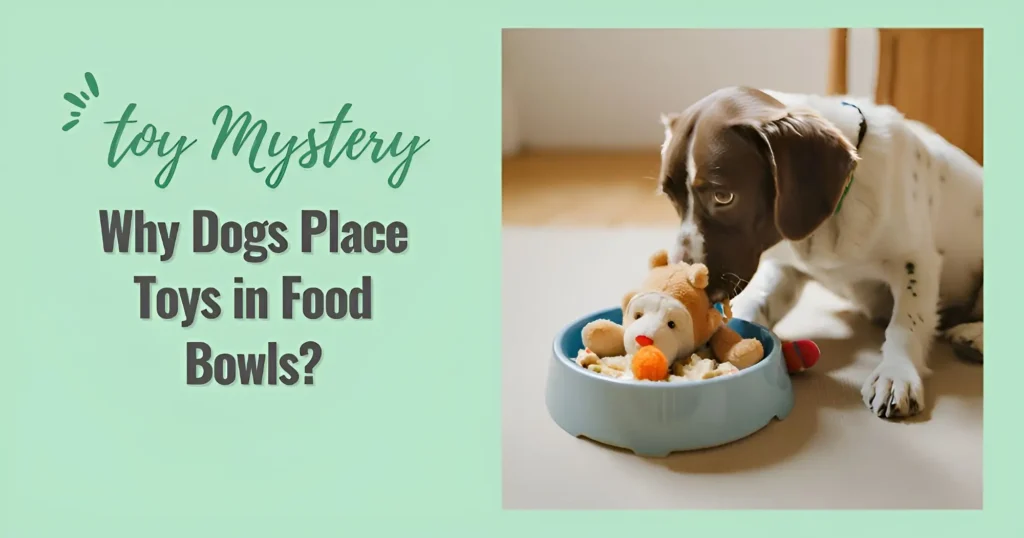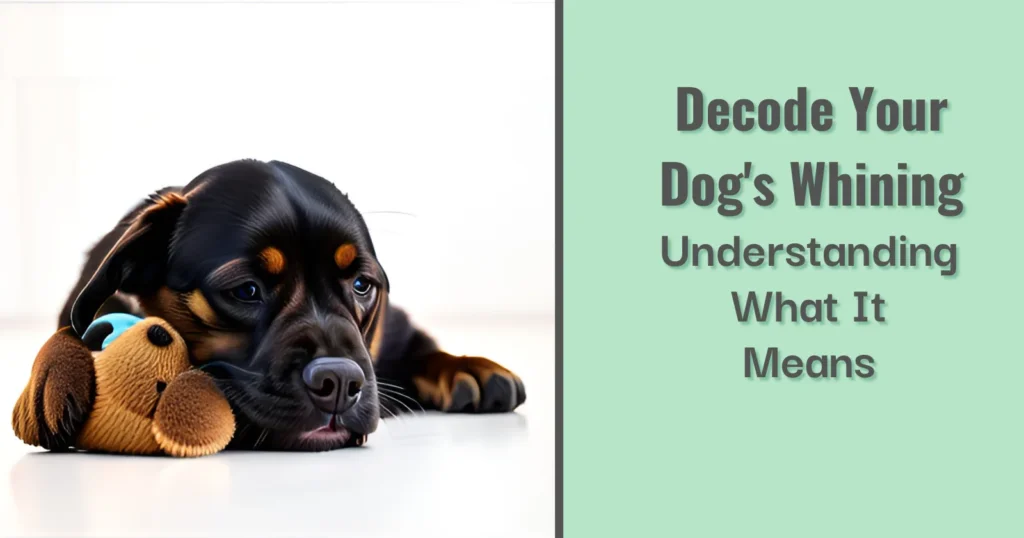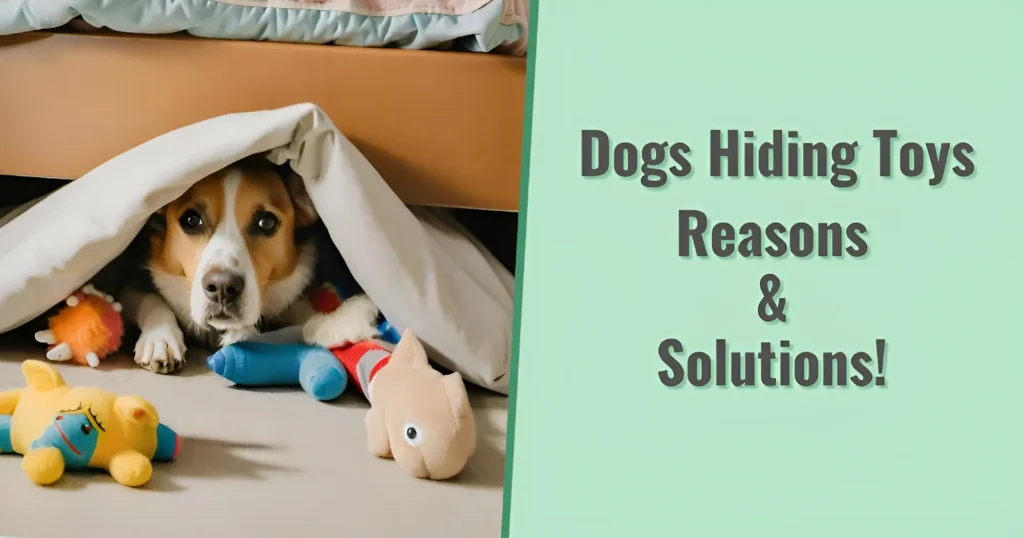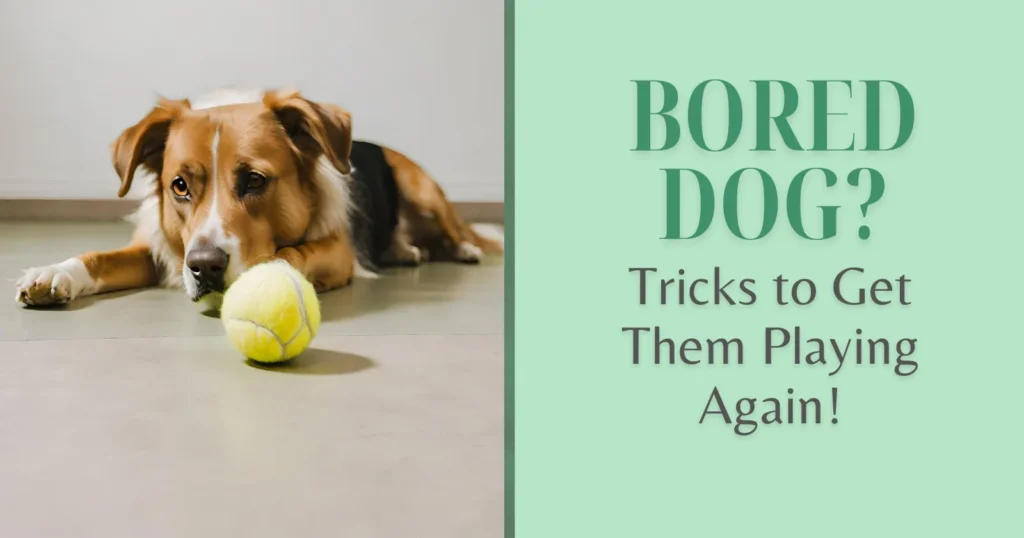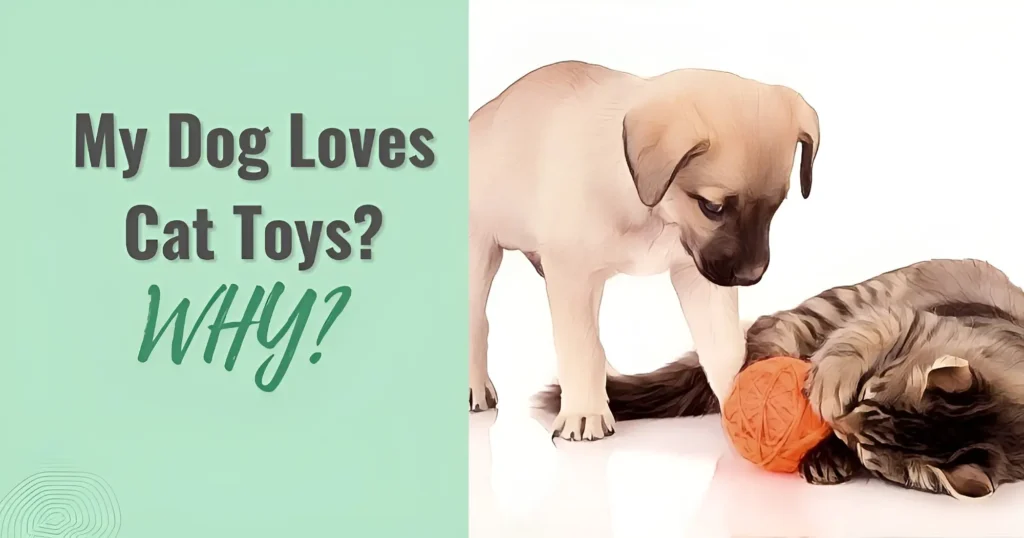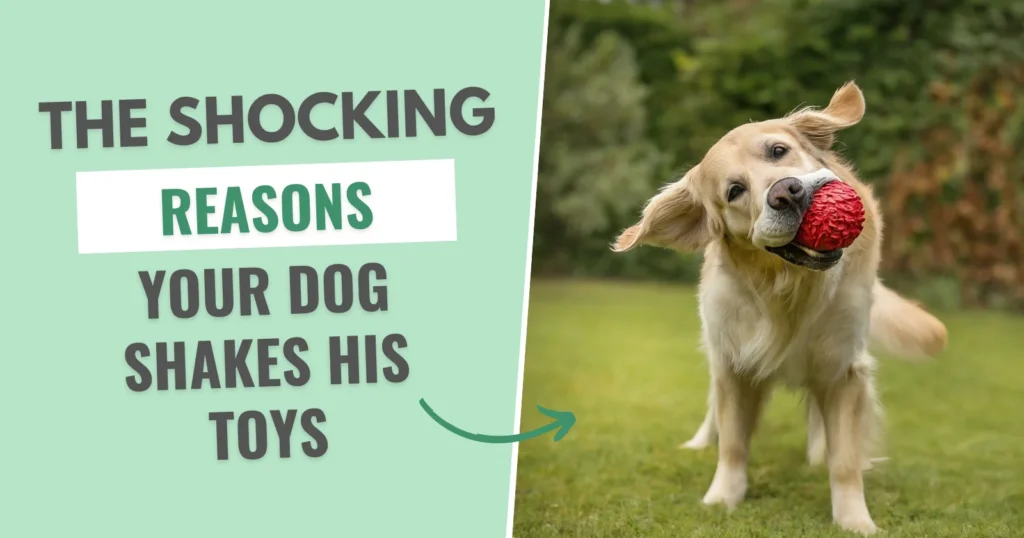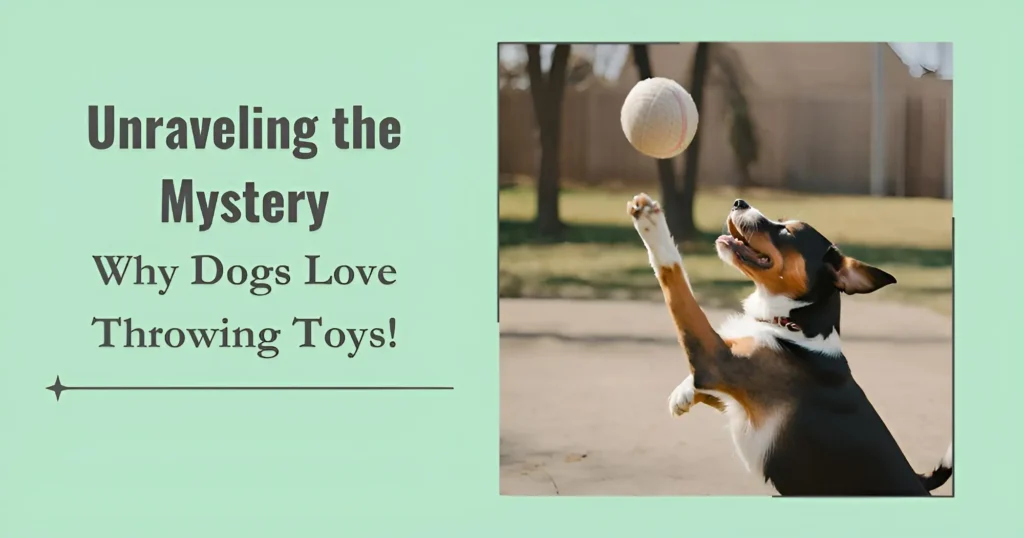As a dog owner, I’ve delved into countless canine behaviors, trying to understand and explain the quirks that define our furry friends. Among numerous actions that fascinate dog owners, one that often sparks curiosity is when a dog places toys in his food bowl. While seemingly puzzling, this behavior can be unpacked through the lenses of canine psychology, environmental factors, and instinctual drives. This article will explore the reasons behind this behavior and offer solutions to manage it effectively.
To sum it up, there are two main reasons dogs put dog toys in their food bowl:
- Safeguarding their possessions
- They associate the act with pleasure
Understanding the Behavior
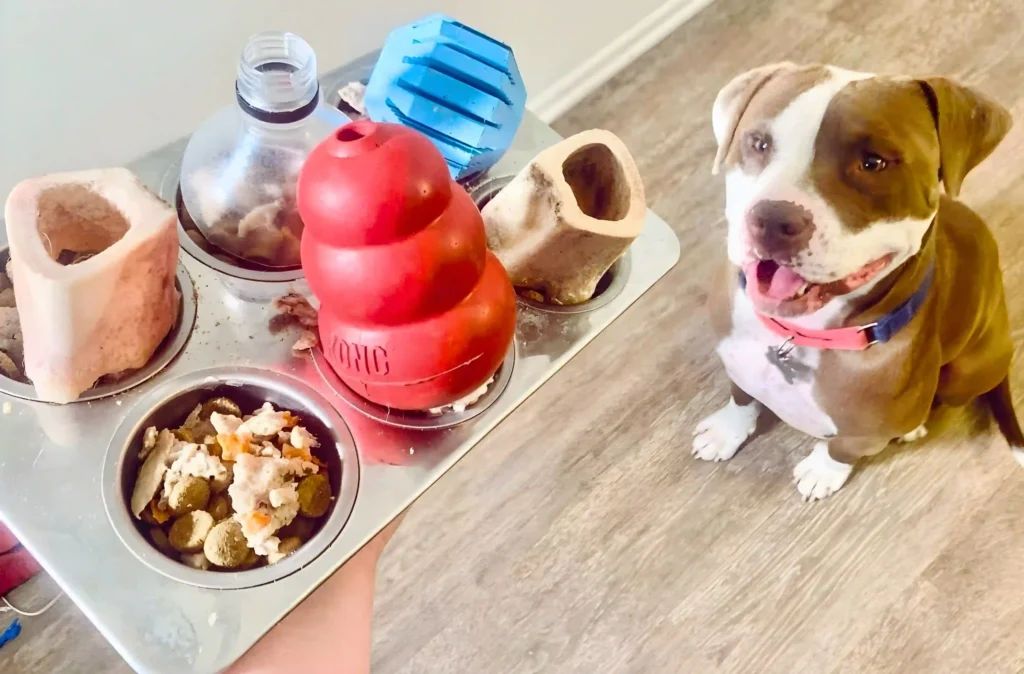

The Safeguarding of Possessions
Like their wild ancestors, dogs are instinctively driven to protect their resources. This behavior is rooted in survival, where guarding food, territory, and possessions from others is essential. When your dog places toys in his food bowl, he may be exhibiting a form of resource guarding, viewing his toys as valuable possessions that need protection. This act can be seen as an extension of his natural instincts.
I once dog-sat for a Labrador named Max, who consistently placed his favorite squeaky toy in his food bowl. Observing Max, it became clear that the toy represented more than just a plaything; it was a treasured item he felt compelled to safeguard.
Association with Pleasure
Dogs often associate their food bowls with positive experiences, such as nourishment and satisfaction. Placing toys in the food bowl could be your dog’s way of blending the joys of playtime with the anticipation of mealtime, creating a super association of pleasure. I’ve personally encountered many occasions where my newly adopted puppy merged playtime and feeding-time; it was his way of adjusting to the new household.
Of course, I did seek the help of a professional behaviorist to understand what was happening as the instance proved overwhelmingly baffling for a new dog parent. While researching a diverse range of dogs and dog breeds, I noticed that those who exhibited this behavior often did so with toys that induced a strong emotional response, suggesting a deep-seated connection between the joy of playing and the comfort of eating.
Addressing the Behavior


While placing toys in food bowls is generally harmless, understanding your dog’s motivation is crucial for addressing any underlying issues, such as anxiety or possessiveness. Here are some strategies to manage this behavior:
Providing a Better Environment
Providing a variety of toys and engaging in regular play sessions can fulfill your dog’s need for mental and physical stimulation, reducing the urge to hoard toys in his food bowl.
Strategy: Rotate toys regularly to keep your dog’s interest peaked and allocated specific times for interactive play, which can help dissociate toys from the food bowl.
Establish a Designated Toy Area
Creating a specific spot for your dog’s toys can encourage him to leave them there instead of placing them in his food bowl. This approach requires patience and consistent reinforcement but can be effective over time.
You can also teach your dog to put away his toys by designating an area for them.
Use positive reinforcement
To reward your dog for leaving toys in the designated area, gradually build a new habit that diverts attention away from the food bowl. Never punish or penalize.
Consult a Professional
If the behavior stems from anxiety or possessiveness, consulting a dog behaviorist can provide tailored strategies to address the root cause. A professional can offer insights specific to your dog’s needs, ensuring a compassionate and practical approach.
Note: During consultations, discussing your dog’s overall behavior is beneficial, as this can offer clues into any underlying issues contributing to the behavior.
Seeing your dog placing toys in his food bowl might be amusing or unclear. Still, it’s a behavior that speaks volumes about his instincts and emotional state. By understanding the reasons behind this action, you can better cater to your dog’s needs and foster a happy, balanced relationship.

